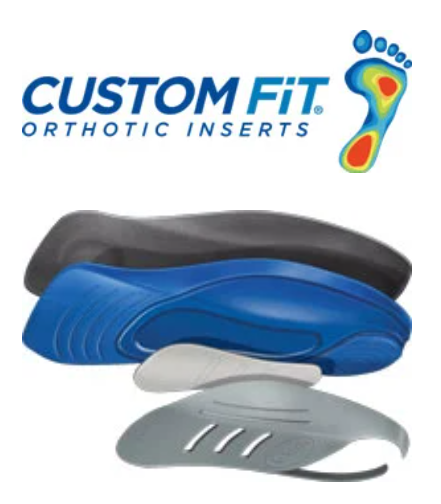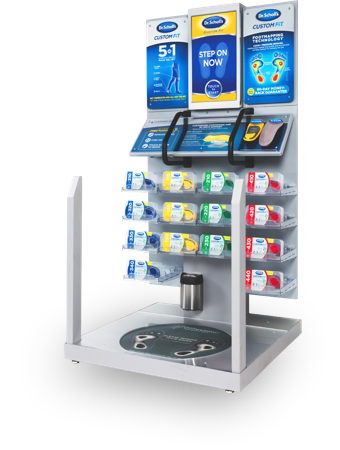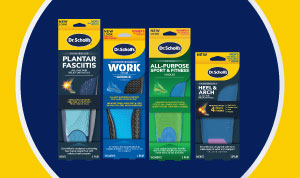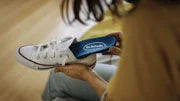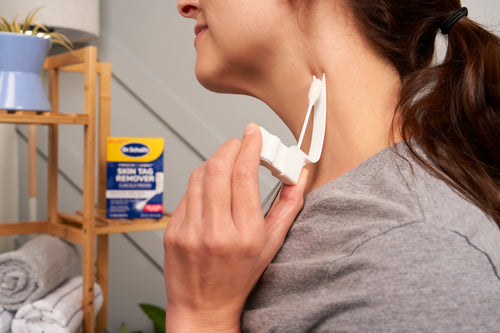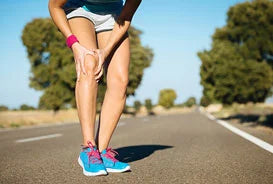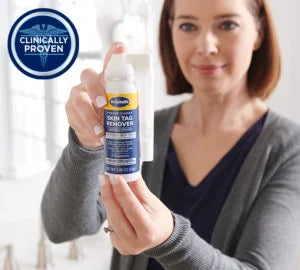Warts are small noncancerous skin growths that form in the top layers of the skin following a viral infection. Warts tend to be rough and bumpy. However, the texture and appearance will vary between different forms of warts. The two most prevalent types of warts are common warts and plantar warts.
Warts are small noncancerous skin growths that form in the top layers of the skin following a viral infection. Warts tend to be rough and bumpy. However, the texture and appearance will vary between different forms of warts. The two most prevalent types of warts are common warts and plantar warts.
Common warts, as the name suggests, are the most common type of wart. They’re typically found on the hands, most often on the fingers, although they can grow anywhere on the hands as well as other areas of the body. They’re not usually painful. There are a number of characteristics associated with common warts.
- Common warts are typically small although they can range in size. Some are as small as a pinhead while others are as large as a pea.
- Common warts are round or irregular in shape, and they’re usually rough and firm in texture.
- Some common warts appear to have tiny black dots, which are blood vessels.
- The color of a common wart can vary, appearing brown, light gray, flesh-colored, yellow or even grayish-black.
Plantar warts can be found on the soles of the feet, most commonly the heels and balls of the feet. Because these areas often bear weight, plantar warts are often subjected to large amounts of pressure and this can lead to pain and discomfort when standing or walking. The pressure can also cause plantar warts to flatten or even grow inward, often under a layer of thick skin. Plantar warts have some distinguishing physical features.
- Plantar warts often resemble a callus or thickened skin.
- Like common warts, plantar warts contain blood vessels, which may appear as tiny black dots.
- Plantar warts often grow in clusters.

